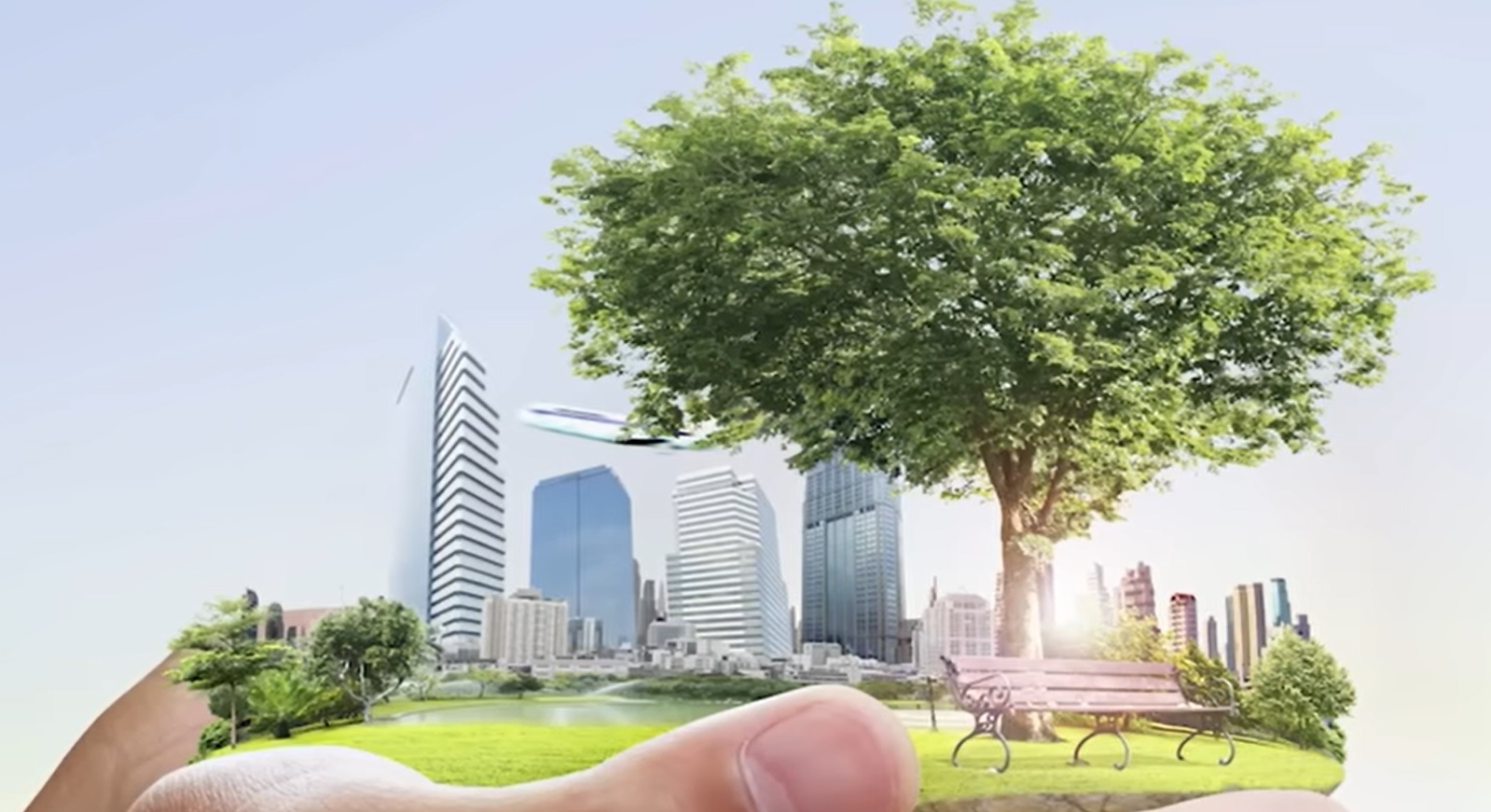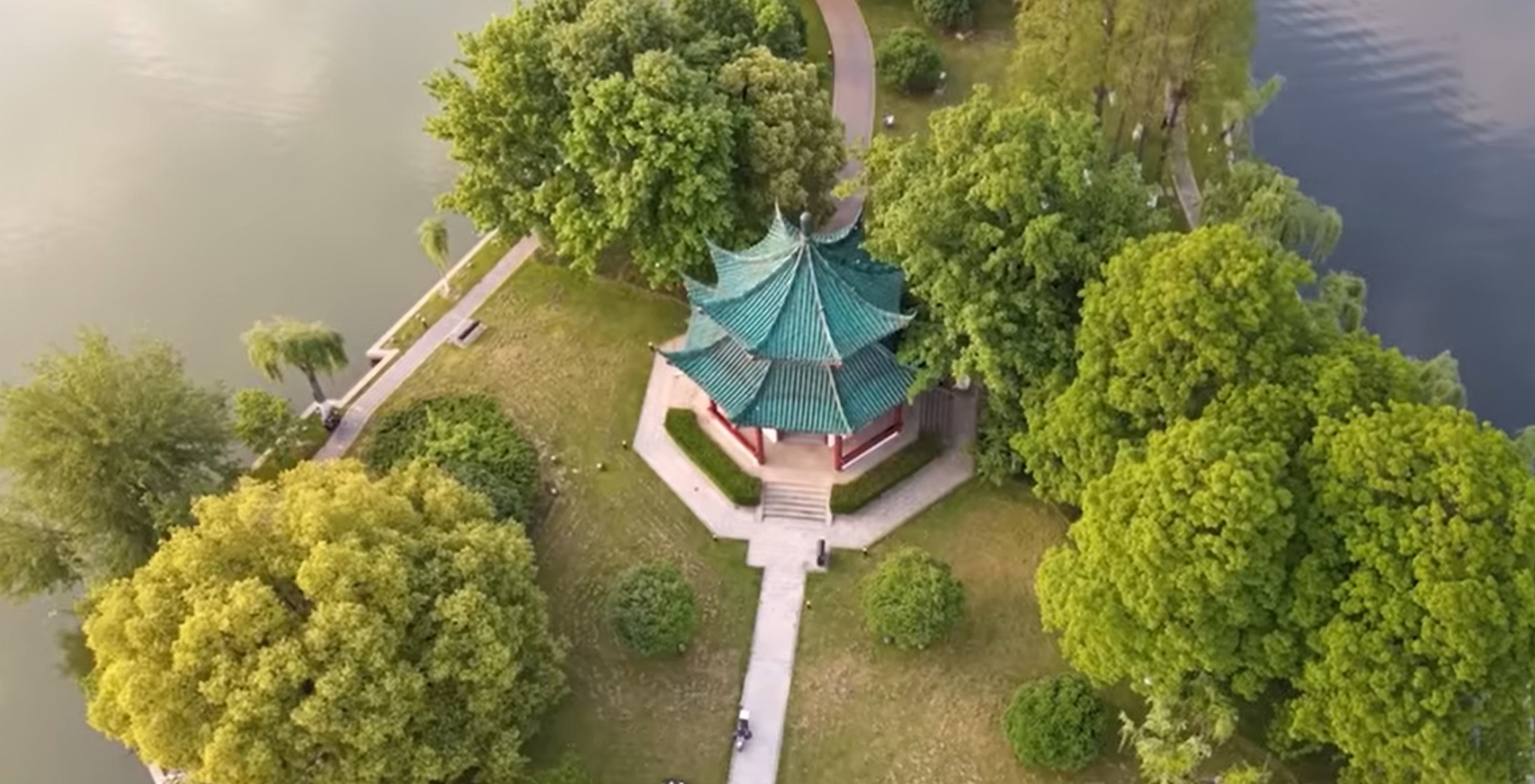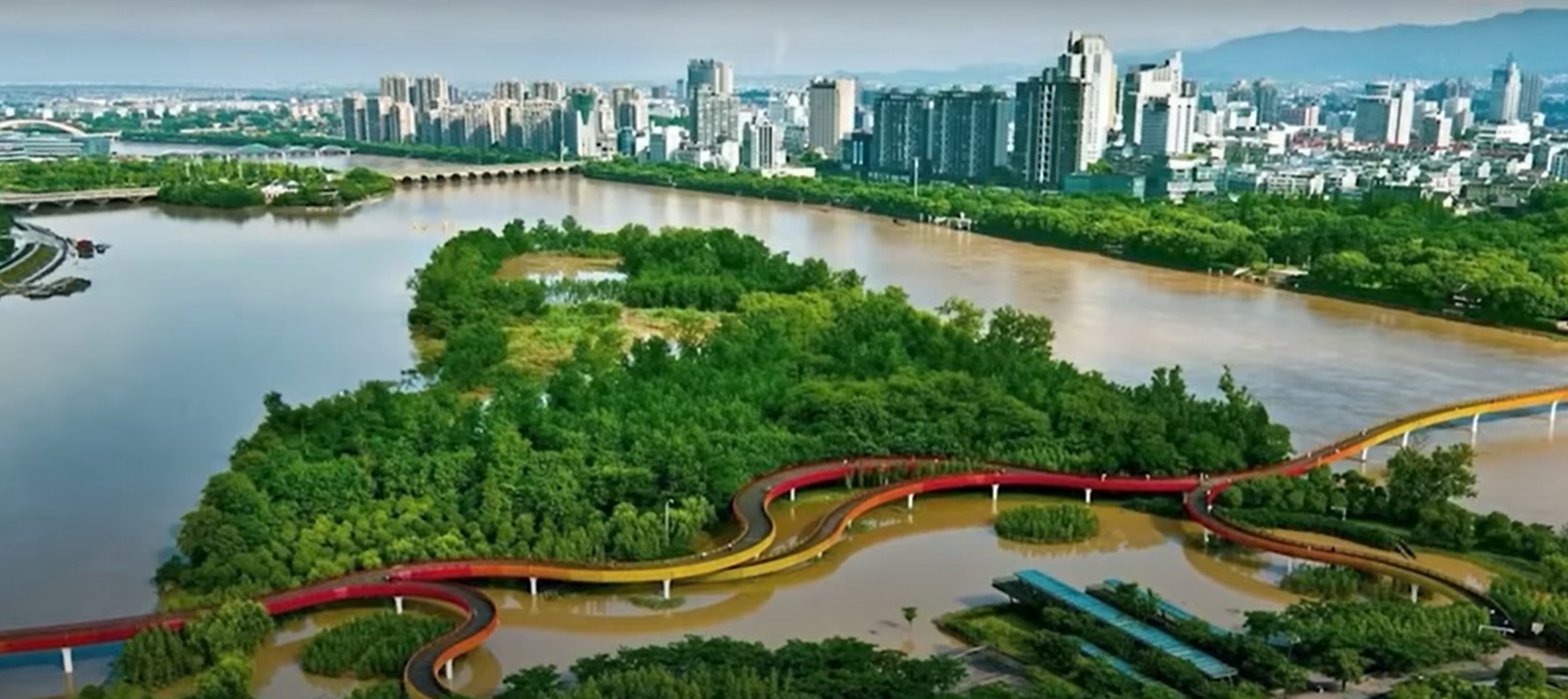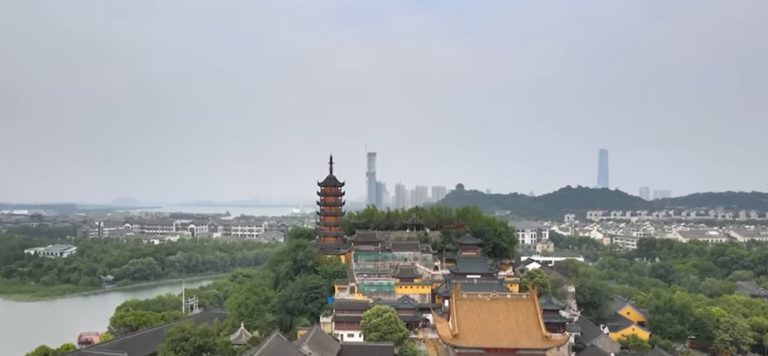Tampa, Florida, a city historically prone to flooding and stormwater challenges, has embarked on an ambitious journey to become a sponge city Tampa. This transformation involves implementing a variety of green infrastructure projects designed to absorb, store, and utilize rainwater more effectively, thereby enhancing urban resilience and improving quality of life for its residents.
Implementation and Key Plans for Sponge City Tampa
The cornerstone of Tampa’s sponge city initiative is its comprehensive Stormwater Management Plan, which integrates a range of green infrastructure solutions. This plan includes the installation of rain gardens, permeable pavements, wetlands restoration, retention ponds, and bioswales throughout the city.
Rain Gardens in Sponge City Tampa: Enhancing Urban Water Management
Rain gardens are a vital component of Tampa’s sponge city initiative, playing a crucial role in managing stormwater runoff, reducing flooding, and improving water quality. Here’s a detailed look at how rain gardens are implemented and their impact on the city.
What are Rain Gardens?
Rain gardens are shallow, planted depressions designed to capture and absorb rainwater runoff from impervious surfaces like roofs, driveways, and streets. They are typically filled with native plants and soil that can tolerate both wet and dry conditions. The primary function of rain gardens is to allow rainwater to infiltrate into the ground, reducing the amount of runoff that enters storm drains and waterways.
Implementation in Tampa
Strategic Placement: In Tampa, rain gardens are strategically placed in areas prone to flooding and high stormwater runoff. This includes residential neighborhoods, public parks, and along roadways. The selection of locations is based on thorough hydrological studies and community input to maximize their effectiveness.
Design and Construction: The design of rain gardens in Tampa involves several key elements:
- Excavation: A shallow basin is excavated to create the garden, ensuring it can capture and hold runoff.
- Soil Amendment: The existing soil is often amended with compost and sand to enhance infiltration and support plant growth.
- Plant Selection: Native plants that are well-adapted to local conditions and capable of withstanding both wet and dry periods are chosen. Common plants include Black-eyed Susan, Blue Flag Iris, and various species of ferns and grasses.
- Mulch and Maintenance: A layer of mulch is added to help retain moisture and suppress weeds. Regular maintenance, including weeding and mulching, is essential to keep the rain gardens functional and attractive.
Benefits of Rain Gardens
Flood Reduction: By capturing and slowly releasing stormwater, rain gardens help to reduce the volume and speed of runoff entering storm drains, mitigating the risk of flooding in urban areas.
Water Quality Improvement: Rain gardens act as natural filters, trapping sediments, pollutants, and nutrients before they can reach water bodies. This results in cleaner rivers, lakes, and bays, which is particularly important for Tampa Bay’s delicate ecosystem.
Urban Aesthetics and Biodiversity: Rain gardens enhance the aesthetic appeal of urban areas by adding greenery and natural beauty. They also provide habitats for pollinators like bees and butterflies, contributing to urban biodiversity.
Community Engagement: The installation of rain gardens often involves community participation, from planning and planting to ongoing maintenance. This fosters a sense of ownership and stewardship among residents, encouraging more sustainable practices.
Economic and Environmental Impact
Economic Savings: By reducing the need for expensive stormwater infrastructure and minimizing flood damage, rain gardens offer significant cost savings for the city. They also enhance property values in neighborhoods where they are installed.
Environmental Sustainability: Rain gardens support Tampa’s broader environmental goals by improving air quality, reducing heat islands, and promoting groundwater recharge. They are an integral part of the city’s strategy to adapt to climate change and enhance resilience.

Examples of Rain Gardens in Tampa
Residential Projects: Many homeowners in Tampa have embraced rain gardens, often with support from city incentive programs that provide funding and technical assistance.
Public Spaces: Parks like Curtis Hixon Waterfront Park and Perry Harvey Sr. Park feature rain gardens as part of their landscape design, demonstrating the city’s commitment to integrating green infrastructure in public spaces.
Educational Institutions: Schools and universities in Tampa have also implemented rain gardens as educational tools, teaching students about sustainable water management and environmental stewardship.
Rain gardens are a key element of Tampa’s sponge city initiative, offering a practical and visually appealing solution to stormwater management. By capturing runoff, filtering pollutants, and enhancing urban green spaces, rain gardens contribute significantly to the city’s resilience and sustainability efforts. As Tampa continues to expand its network of rain gardens, it sets a valuable example for other cities looking to implement similar green infrastructure solutions.
Wetlands Restoration in Sponge City Tampa: Revitalizing Natural Systems for Urban Resilience
Wetlands restoration is a cornerstone of Tampa’s sponge city initiative, playing a pivotal role in enhancing the city’s resilience to flooding, improving water quality, and supporting biodiversity. This comprehensive approach involves restoring degraded wetlands and creating new ones to function as natural water management systems.
Importance of Wetlands in Urban Areas
Wetlands are vital ecosystems that provide numerous benefits, including:
- Flood Control: Wetlands act as natural sponges, absorbing and slowly releasing stormwater, which helps mitigate flooding.
- Water Filtration: Wetlands filter pollutants and sediments from runoff, improving the quality of water entering rivers, lakes, and bays.
- Biodiversity Support: Wetlands provide habitat for a wide range of plant and animal species, promoting biodiversity and ecological health.
- Carbon Sequestration: Wetlands capture and store carbon dioxide, helping to mitigate climate change.
Implementation of Wetlands Restoration in Tampa
Site Selection and Planning: The restoration process begins with identifying suitable sites for wetlands restoration. Factors considered include historical wetland locations, current land use, hydrology, and potential ecological benefits. Key areas in Tampa have been chosen based on their strategic importance for flood management and ecological restoration.
Restoration Techniques:
- Hydrological Restoration: Re-establishing natural water flow patterns is crucial. This involves removing barriers such as dikes and levees, restoring natural stream channels, and reconnecting floodplains.
- Vegetation Planting: Native wetland plants are introduced to restore the ecological balance. These plants play a key role in water filtration, providing habitat, and stabilizing soil.
- Soil Amendments: In some cases, the soil may be amended to improve its structure and nutrient content, supporting plant growth and increasing water infiltration.
- Monitoring and Maintenance: Ongoing monitoring ensures the restored wetlands are functioning as intended. Maintenance activities, such as invasive species control and additional planting, are conducted as needed.
Key Projects and Examples
McKay Bay Restoration: One of the flagship projects in Tampa’s wetlands restoration efforts, the McKay Bay Restoration project aims to rehabilitate a historically significant wetland area. The project involves removing accumulated sediments, planting native vegetation, and re-establishing tidal flow. This restoration not only improves water quality in the bay but also provides critical habitat for fish, birds, and other wildlife.
Rocky Creek Watershed: Another significant initiative is the restoration of the Rocky Creek Watershed. This project focuses on reconnecting fragmented wetland areas, enhancing water flow, and improving habitat connectivity. The restored wetlands serve as natural flood buffers and enhance the overall health of the watershed.
Benefits of Wetlands Restoration
Flood Mitigation: Restored wetlands in Tampa have significantly reduced flooding risks in surrounding areas. By absorbing excess stormwater and releasing it slowly, these wetlands help to prevent sudden surges in water levels that can overwhelm urban drainage systems.
Water Quality Improvement: The filtration capacity of wetlands has led to notable improvements in water quality. Pollutants such as nitrogen, phosphorus, and heavy metals are effectively removed, resulting in cleaner waterways and a healthier Tampa Bay.
Biodiversity Enhancement: Wetlands restoration has led to a resurgence of native plant and animal species. The diverse habitats created by wetlands support a wide range of wildlife, contributing to the city’s biodiversity and ecological health.
Community and Recreational Benefits: Restored wetlands have become valuable community assets, offering recreational opportunities such as birdwatching, hiking, and educational programs. These natural areas enhance the quality of life for residents and attract tourists.
Economic and Environmental Impact
Economic Benefits: The economic impact of wetlands restoration is multifaceted. By reducing flood damage, these projects save the city and property owners substantial amounts in repair and recovery costs. Additionally, the enhanced natural areas increase property values and attract tourism, boosting the local economy.
Environmental Sustainability: Wetlands restoration aligns with Tampa’s broader sustainability goals. These projects contribute to climate change mitigation through carbon sequestration, improve air and water quality, and promote resilient ecosystems capable of adapting to environmental changes.
Wetlands restoration is a critical component of Tampa’s sponge city initiative, offering a sustainable and effective approach to urban water management. By revitalizing these natural systems, Tampa not only enhances its resilience to flooding but also improves water quality, supports biodiversity, and provides valuable community amenities. The success of projects like McKay Bay and Rocky Creek Watershed underscores the potential of wetlands restoration to transform urban environments and create a more sustainable future. As Tampa continues to expand its wetlands restoration efforts, it serves as a model for other cities seeking to integrate natural infrastructure into their urban planning strategies.
Retention Ponds and Bioswales
Retention ponds and bioswales are designed to manage and treat stormwater by capturing it and releasing it slowly into the environment. These systems help to reduce peak stormwater flows and improve water quality by removing sediments and pollutants.
Cost and Funding for Sponge City Tampa
The implementation of Tampa’s sponge city projects has required significant investment. The city has secured funding from various sources, including federal and state grants, local government budgets, and public-private partnerships. For instance, the McKay Bay Restoration project alone received millions in funding to support its extensive wetland revitalization efforts. The overall cost of transforming Tampa into a sponge city is estimated to be in the hundreds of millions of dollars, spread over several years.
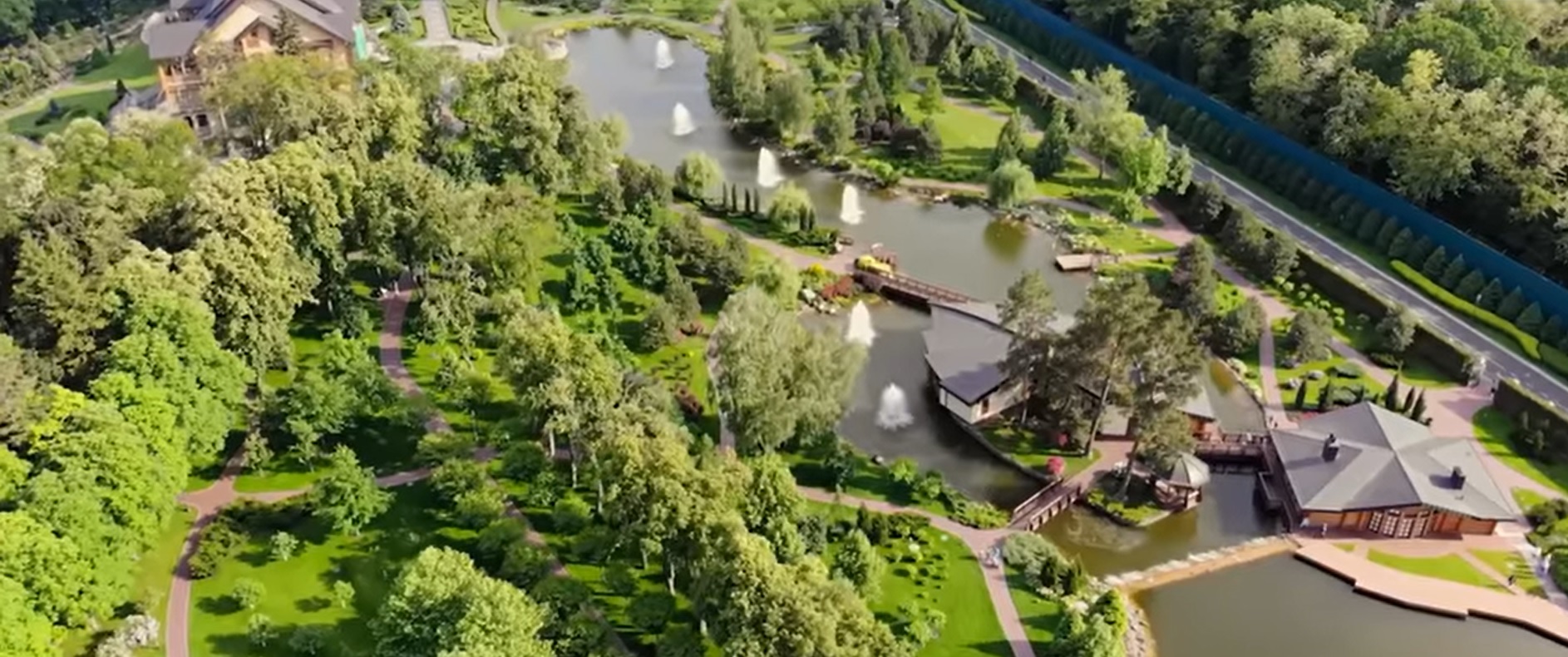
Living in Sponge City Tampa
Residents of Tampa have begun to experience the benefits of living in a sponge city. Flood-prone areas have seen a reduction in flooding incidents, leading to less property damage and fewer disruptions to daily life. The green spaces created by rain gardens, wetlands, and urban forests have enhanced the aesthetic appeal of neighborhoods, providing recreational areas for the community and improving mental well-being.
Current Situation and Public Reception
As of now, Tampa’s sponge city initiative is a work in progress, with many projects still in various stages of implementation. However, the positive impacts are already evident. Residents have reported fewer instances of flooding and better management of stormwater. Public reception has been generally favorable, with community members appreciating the increased green spaces and the proactive approach to climate resilience.
Environmental and Economic Impacts Sponge City Tampa
Environmental Impact: The environmental benefits of Tampa’s sponge city projects are substantial. Improved water quality, increased biodiversity, and enhanced urban green spaces are some of the key outcomes. Wetlands and green infrastructure act as natural filters, reducing the levels of pollutants entering water bodies. Additionally, the increased vegetation helps to sequester carbon, contributing to the city’s climate change mitigation efforts.
Economic Impact: Economically, the sponge city initiative is expected to yield long-term savings by reducing the costs associated with flood damage and stormwater management. Enhanced property values, increased tourism, and job creation in green infrastructure projects are additional economic benefits. For instance, areas with improved green spaces and better flood management are more attractive to potential homeowners and businesses, driving up property values and stimulating local economies.
Tampa’s transition into a sponge city represents a forward-thinking approach to urban resilience, blending environmental sustainability with community well-being. While the journey is ongoing, the progress made so far highlights the potential of green infrastructure to transform cities into more livable, resilient, and economically vibrant communities. As Tampa continues to implement its comprehensive plan, it serves as a model for other cities facing similar challenges, demonstrating that with the right investment and community engagement, a more sustainable future is achievable.


